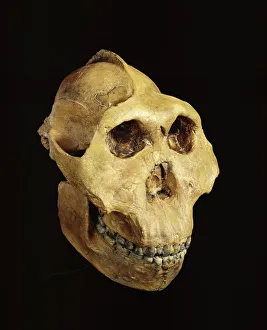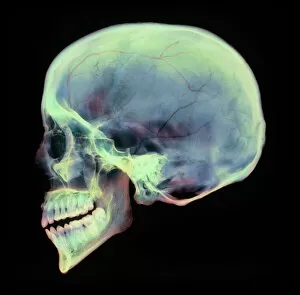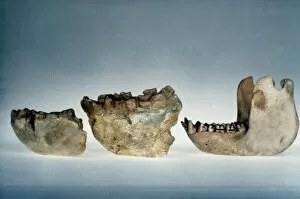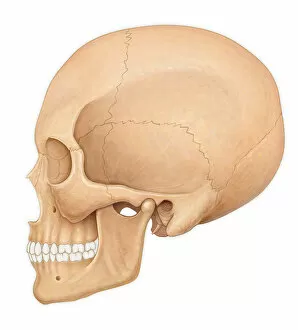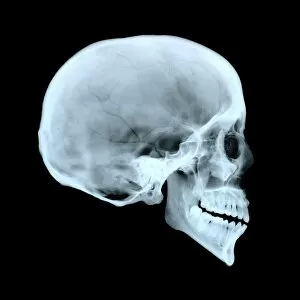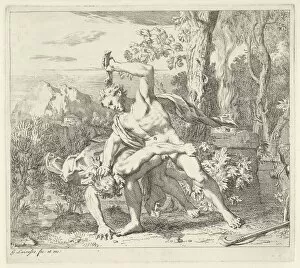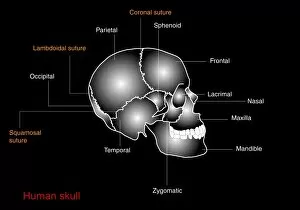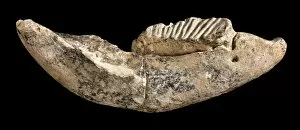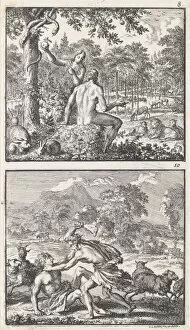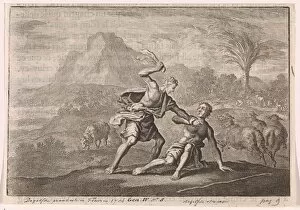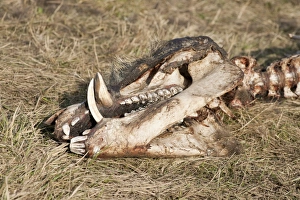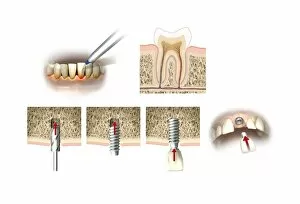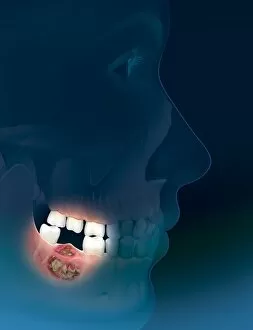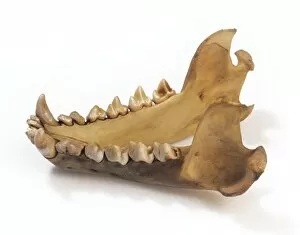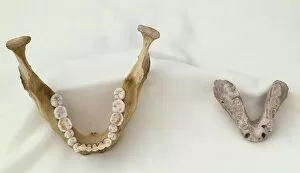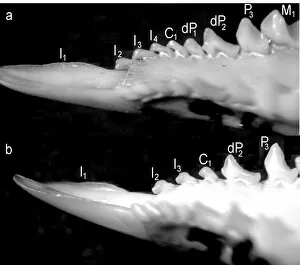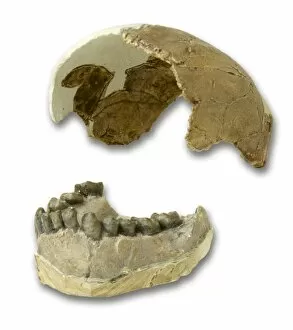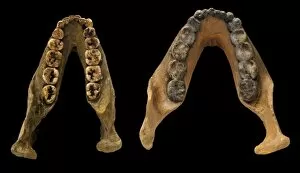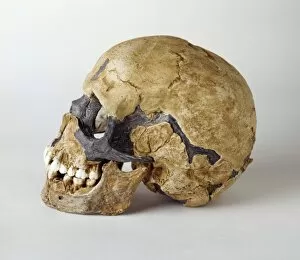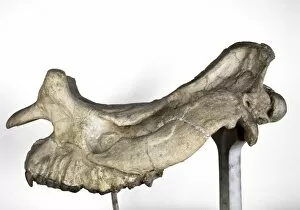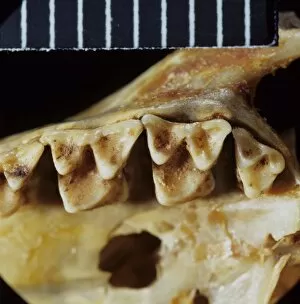Jaw Bone Collection
"Uncovering the Secrets of the Jaw Bone: A Journey through Evolution and Anatomy" From the ancient Paranthropus boisei (Zinjanthropus) cranium to modern human X-rays
All Professionally Made to Order for Quick Shipping
"Uncovering the Secrets of the Jaw Bone: A Journey through Evolution and Anatomy" From the ancient Paranthropus boisei (Zinjanthropus) cranium to modern human X-rays, the jaw bone has fascinated scientists for centuries. Its unique structure and function have provided insights into our evolutionary past. Comparisons between a horse skull and lower jawbones of Gigantopithecus and gorilla highlight the diversity within this skeletal feature across species. Each variation tells a story of adaptation to different diets and lifestyles. Fractured jawbone X-rays remind us of the fragility of this crucial facial component, while normal lateral views showcase its intricate connection with other parts of the skull. The side view reveals how it houses and protects our spinal cord, emphasizing its role in maintaining stability. Beyond humans, illustrations from antique brass snuffers depict an under jaw of a wild boar, showcasing how even animals possess fascinating variations in their mandibles. Anatomical tables further delve into dissections, providing detailed knowledge about these structures. The Albinus II illustration offers a glimpse into historical anatomical studies on skulls, shedding light on early attempts to understand their complexities. Meanwhile, dwarf elephant teeth demonstrate that even extinct creatures had distinct dental features worth exploring. Intriguingly diverse yet fundamentally connected across species and time periods, the jaw bone continues to captivate researchers as they strive to unlock its mysteries.

